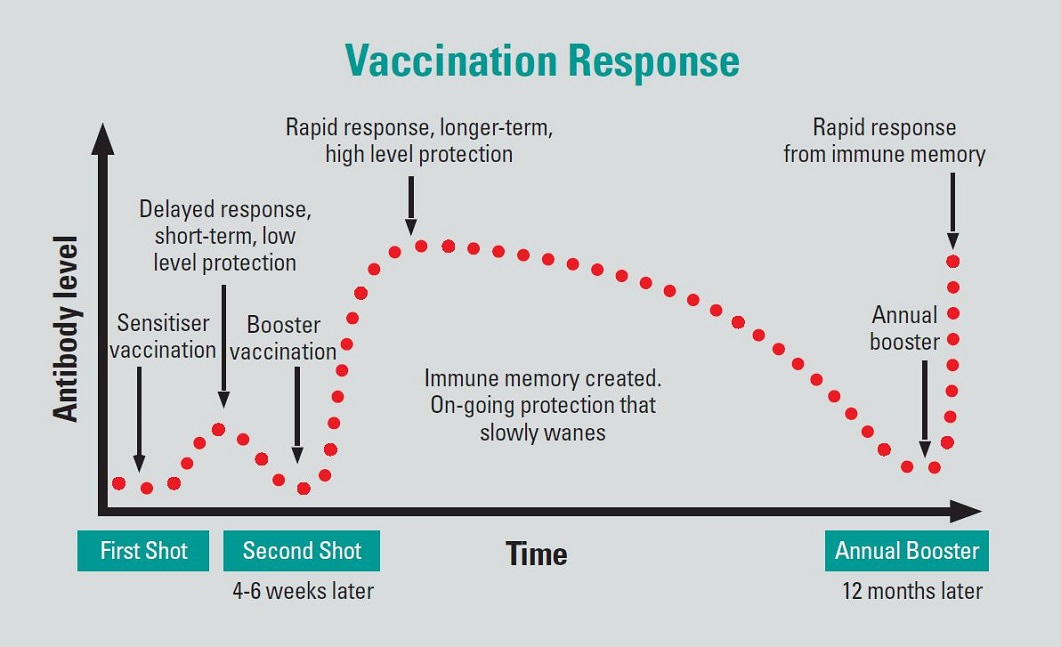What you should know about animal vaccines
Not all animal vaccines or animal vaccine companies are the same. Understanding why one is different from another, and what that means, ensures you know what you can expect from your vaccines and how to use them for the best results.
Two types of vaccines
There are two types of vaccines: killed or live (& modified to not cause disease). Both types of vaccine help the animal’s immune system to recognise the disease they cause and help protect the animal from disease in the future.
What can you expect from a vaccine?
- Vaccines aim to protect most animals, however a small percentage of animals in a population may not respond to the vaccine.
- Vaccine should be used at the ideal time to provide protection, usually 2-3 weeks before the key period of risk.
- The best response is achieved by vaccinating healthy, clean, dry, well-fed animals who are under minimal stress at the time of vaccination.
In high disease challenge some animals may still get sick, however, the resulting animal and performance losses will be less compared with unvaccinated animals.
Why vaccinate?
- Prevent disease and promote animal welfare
- Improve animal health and wellness
- Prevent zoonotic diseases and transmission to humans
- Reduce the need for antibiotics
- Improve animal production
- Increase efficiency.
How do vaccines differ? Two-shots vs One-shot
Most animal vaccines require two shots (injections) the first time they are used. This is because the first time an animal is vaccinated only a small antibody response occurs which is usually not very protective and is short-lived (lasting a few weeks rather than up to one year). If the animal is given a booster (a subsequent dose) at the right time, a stronger and longer-lasting antibody response occurs. That’s why if the product label specifies two shots, both shots must be given to provide immunity. Some vaccines such as Toxovax are live and only require one shot in order to provide lifetime immunity.

